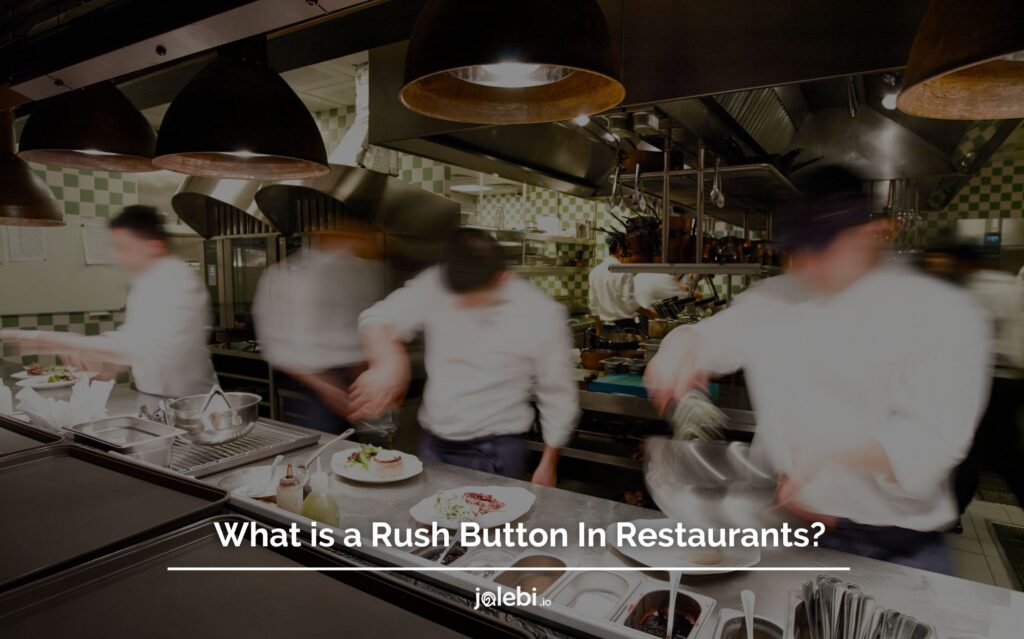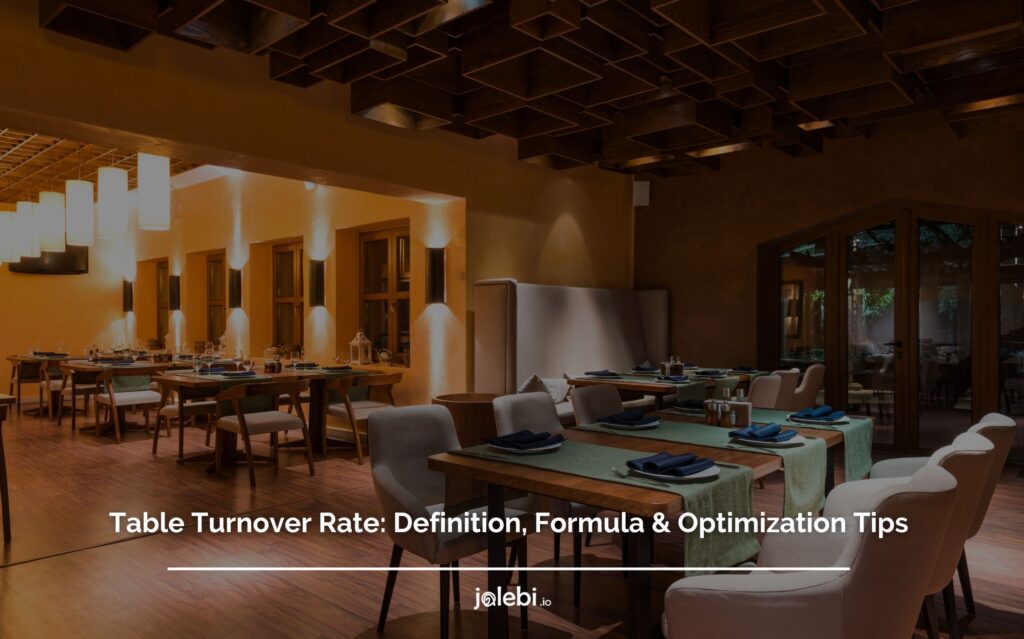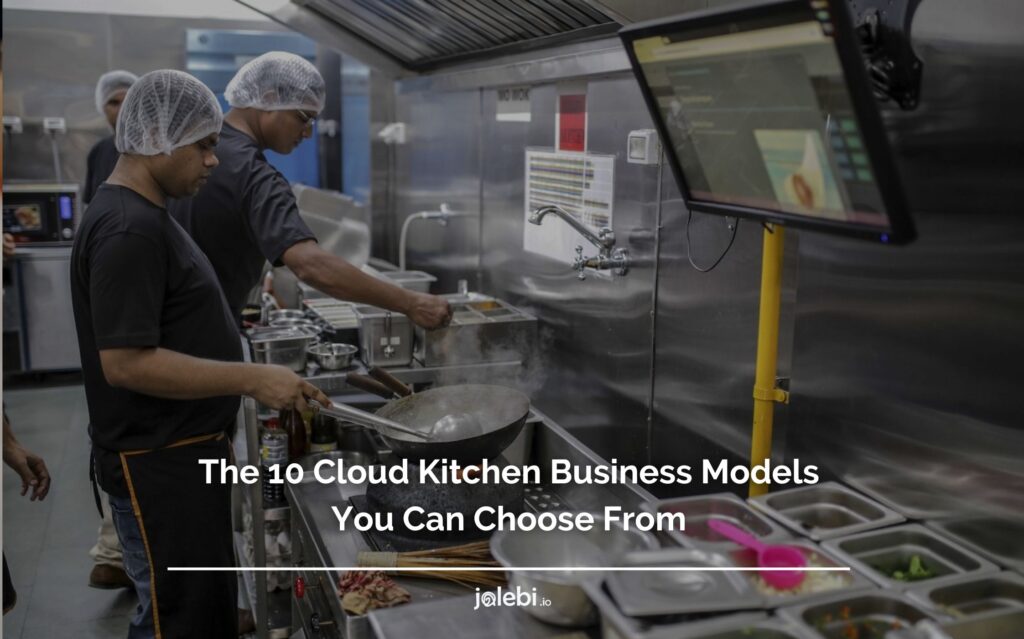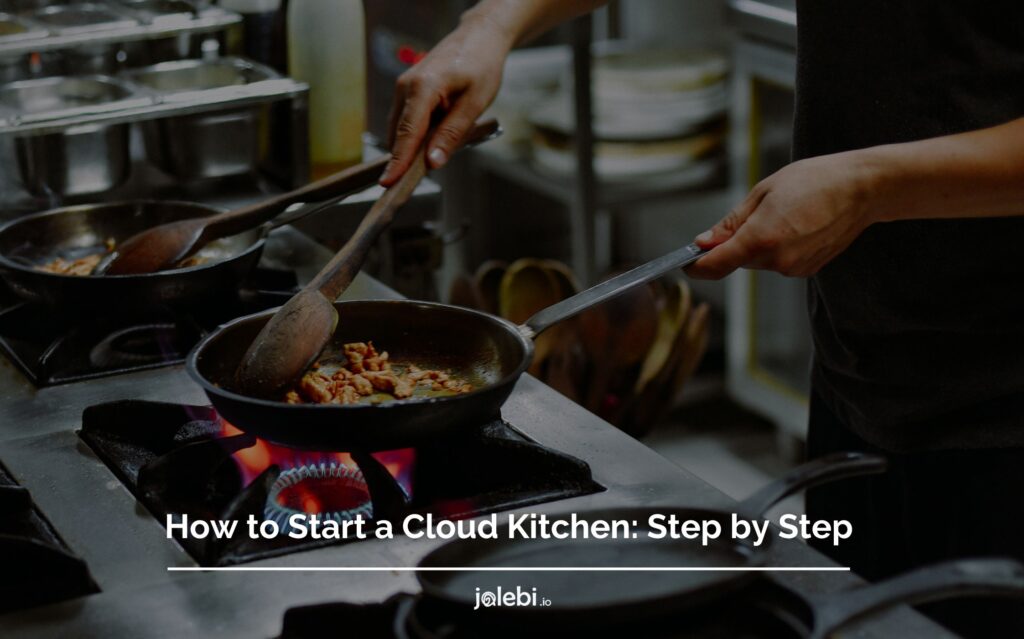Picture this: Restaurants delivering food without ever seating a single customer. That’s the world of Ghost Kitchens vs Cloud Kitchens, two game-changing models in the food service industry.
But despite their similarities, they aren’t exactly the same—and understanding those differences could be the key to your business’s success.
Whether you’re an aspiring entrepreneur or an experienced restaurateur aiming to optimize your delivery services, knowing how ghost kitchens and cloud kitchens operate is crucial.
Are you simply looking to expand your reach by using an existing kitchen space (ghost kitchen)? Or, do you want to build a digital-only brand with fully integrated tech support (cloud kitchen)?
In this article, we’ll break down the essential differences between the two models, explore their advantages, and help you decide which one is best suited to your goals.
Get ready to unlock the secrets behind the future of food delivery and take your business to new heights!
What is a Ghost Kitchen?
A ghost kitchen, also known as a virtual kitchen or dark kitchen, is a professional food preparation facility that operates without a traditional dine-in area.
It’s designed solely for the purpose of preparing meals for delivery, often through third-party apps like Uber Eats, DoorDash, or Grubhub.
These kitchens enable restaurant owners to expand their reach, boost delivery operations, or even launch entirely new brands, all while keeping overhead costs low by eliminating the need for wait staff, décor, or a physical storefront.
Ghost kitchens typically utilize existing commercial kitchen spaces, renting out underused facilities or partnering with restaurant operators to share kitchen resources.
This model allows multiple brands or menus to be cooked and delivered from one central kitchen, making it highly efficient for businesses looking to focus solely on delivery orders.
By streamlining operations and focusing entirely on food production, ghost kitchens can serve more customers at a fraction of the cost associated with a full-service restaurant.
One of the key advantages of a ghost kitchen is its flexibility. Restaurant owners can experiment with new menus or brands without the need for a costly physical location.
It also allows them to tap into emerging food trends more quickly, adjusting their offerings based on customer demand.
What is a Cloud Kitchen?
What is a Cloud Kitchen?
A cloud kitchen operates as a delivery-only food production facility, similar to a ghost kitchen, but with a key difference—it often integrates advanced technology to manage multiple restaurant brands under one roof.
Cloud kitchens typically function as a central hub where multiple digital-only brands or virtual restaurants operate from a single space, each offering their own distinct menu.
What sets cloud kitchens apart is their reliance on a seamless tech-driven approach that handles everything from order management and menu updates to delivery logistics and customer analytics.
Unlike ghost kitchens, which may focus on serving existing restaurant brands, cloud kitchens are often built to create new, tech-powered delivery businesses from the ground up.
Many cloud kitchen operators provide a full suite of services, including order processing software, inventory management tools, and data analytics.
This not only streamlines operations but also enables restaurants to scale quickly without the complexities of running multiple brick-and-mortar locations. As a result, cloud kitchens are ideal for businesses looking to rapidly expand into new markets.
The technological backbone of a cloud kitchen allows for enhanced efficiency and scalability.
By using data to track consumer preferences, optimize delivery times, and manage resources, cloud kitchens can offer a highly optimized and customer-centric dining experience.
This model opens doors for aspiring restaurateurs and established chains alike to experiment with virtual-only concepts while keeping costs in check and focusing on delivery success.
Differences & Similarities
| Aspect | Ghost Kitchen | Cloud Kitchen | Similarities |
|---|---|---|---|
| Primary Purpose | Typically supports existing restaurant brands to expand delivery | Primarily creates new, virtual-only restaurant brands | Both are designed for delivery-only, with no dine-in services |
| Technology Integration | Less reliance on advanced tech, uses third-party delivery apps | Tech-driven with integrated systems for order and data management | Both use delivery platforms to fulfill orders |
| Brands Served | Supports existing physical restaurant brands | Focuses on launching new digital brands and virtual concepts | Both can operate multiple brands out of one facility |
| Kitchen Space | Often utilizes underused or shared kitchen space | Typically a purpose-built, centralized kitchen hub | Both allow restaurants to operate without the need for a physical storefront |
| Cost Efficiency | Lower setup costs by utilizing existing facilities | Reduces costs through optimized operations and shared resources | Both models significantly reduce overhead compared to traditional restaurants |
| Scalability | Limited scalability, focusing on localized delivery | Highly scalable due to integrated tech and centralized management | Both provide flexible, low-risk options for growing a delivery business |
Future Trends: Delivery-Only Concepts
The rise of delivery-only concepts like ghost kitchens and cloud kitchens is reshaping the food industry, and this trend is expected to grow exponentially in the coming years.
According to a report by Euromonitor, the global market for delivery-only kitchens could reach a staggering $1 trillion by 2030.
This shift is driven by changing consumer preferences for convenient, on-demand dining experiences, as well as advancements in technology that streamline everything from order management to delivery logistics.
As restaurants face increasing competition, adopting a delivery-only model can provide them with the agility to adapt to new market demands quickly and efficiently.
Moreover, the integration of AI, automation, and data analytics in cloud kitchens is pushing the industry further into the digital age. These innovations allow restaurants to optimize operations, track customer behavior, and improve delivery times, giving them a significant competitive edge.
As demand for fast, reliable delivery continues to rise, businesses that embrace these tech-powered models will likely see higher profit margins and better customer satisfaction.
As a result, delivery-only kitchens are becoming a cornerstone of the future foodservice landscape, particularly as online food delivery is projected to grow 10% annually through 2028.
About jalebi.io
At jalebi, we understand the evolving landscape of the food industry, particularly the rise of delivery-only concepts like ghost kitchens and cloud kitchens.
Our restaurant inventory management system is designed to empower businesses to thrive in this new environment, offering seamless integration for managing your delivery operations efficiently. With jalebi, you can easily track inventory, streamline ordering processes, and analyze sales data—all from a single platform.
As the demand for fast, reliable delivery continues to grow, our solution helps restaurants adapt quickly to changing consumer preferences.
By optimizing your inventory and menu management, jalebi.io enables you to minimize waste, reduce costs, and maximize profitability, whether you’re operating a ghost kitchen or launching a new cloud kitchen brand.
Join us in embracing the future of food service and take your delivery game to the next level with jalebi.io!
Read more:











